Support Your Area's Pollinators By Using Keystone Plants
An understanding of keystone plants is not just a great way to make sure your garden is as enticing as possible to pollinators – it’s critical for the future of key species. We show you how to raise your eco-awareness


Understanding the vital role of keystone plants depends on an appreciation of what the word ‘keystone’ means. A keystone is the critical stone in an archway that holds it all together. If you pull it out, the whole arch falls down. That same principle applies to a keystone plant. It’s a native plant superstar that holds the food web together by providing for the needs of the most important species, like caterpillars and pollinators like Monarch butterflies and bees.
It makes sense that different regions have different keystone native plants. The plants that are native to the coldest parts of the continent are not the same as those growing naturally in tropical forests. We can each play a role in enhancing our natural spaces by opting to plant keystone species for your ecoregion.
What are Keystone Plants?
If the term ‘worldwide web’ makes you think of tech, you’re not alone. But there is another worldwide web that is even more important for the planet’s survival. This web is made up of all of the members of the food chain, plants and animals, as well as pollinators and other useful insects. Some are more important than others. The most important plants to each different ecoregion in the world have been identified and labeled keystone plants.
For example, there are 15 basic ecological regions in North America, each a puzzle piece of the ecological mosaic of the continent. They range from the Arctic cordillera (think Alaska and Canada) to tropical wet and dry forests (think southern Mexico.) Scientists have identified the keystone plants for each area, those plants that play a critical role in holding the ecosystem together by providing nurture for the essential life species.
Keystone species for a region are native to that region and, therefore, easy to grow. As native plants, they require very little maintenance, if any. Wondering what to do for the world this year? Adding your area’s keystone plants is a wonderful way to begin.
Why Are Keystone Plants Important?
You may wonder why keystone plants are more important than other plants you may love. The simple answer is that these are the plants that make the world go round. They are the native plants that have formed symbiotic relationships with native wildlife over centuries and more, wildlife including the bees, butterflies and moths that pollinate the crops we eat.
Beefing up the supply of keystone plants by ecoregion enhances the diversity and abundance of essential insect species that provide food for native birds. Reducing keystone plants diminishes the biodiversity of the planet.
Gardening tips, videos, info and more delivered right to your inbox!
Sign up for the Gardening Know How newsletter today and receive a free copy of our e-book "How to Grow Delicious Tomatoes".
Why Keystone Plants Need Your Help
Whether we term these plants keystone plants or super-plants, they need help. Many of the critical plants are endangered, and their loss would have a serious and permanent impact on the planet. In fact, many native plant populations are feeling the pain as their populations have been dramatically reduced by urban sprawl and the continued popularity of non-native and invasive species.
While some keystone plants assist one type of wildlife, other super-plants are essential to multiple species. One good example of an endangered plant is milkweed – a native plant that has been edged out as highways become larger and cities expand. The result is too little pollen to support the monarch and other critical butterfly species.
You will also have heard about the diminution in the population of bees in the US, as well as other parts of the world. Research indicates that many North American native bee species are picky about their pollen, only accepting pollen from certain native plants. The reduction of native flowering keystone plants is partially to blame for reducing the bee population, making it harder for the crops we need to get pollinated. The use of chemical pesticides is also a factor in this demise.
Support Pollinators In Your Area With Keystone Plants
Gardeners across the world can help save these and other critical species by planting the keystone plants critical to their area. Remember that keystone plants vary by ecoregion. The plant hardiness zones everyone is familiar with have nothing to do with keystone ecoregions. Hardiness zones are based on winter temperatures while ecoregions are areas that have similar characteristics, including climates, soil types, rainfall levels, geology, elevations, wildlife and plants.
The continent of North America is divided into 15 different broad ecoregions, according to the Environmental Protection Agency (EPA). These are termed Level I ecoregions, and each is further broken down into Level II and III ecoregions, providing tighter maps and additional species details. Manage your own garden by zeroing in on the broad ecoregion, then fine-tuning with the level II and III ecosystem details. Once you determine your ecoregion, you can use resources available online to identify the most important plant keystone species lists for your spot.
Pick Keystone Plants by Ecoregion: an Example
It may be easier to understand the process of determining and planting keystone plants with an example. Let’s look at the California coast. As far as Level I ecoregions go, this area is Ecoregion 11, the Mediterranean California ecoregion.
You can easily find a list of the keystone plants for the region, but there are not one or two. There are literally dozens of plants, divided into categories like trees, shrubs and herbaceous, as well as a list of the top 30 keystone plant genera for butterfly and moth caterpillar, and the top 30 keystone plant genera for pollen specialist bees.
A gardener just getting started with their landscape might pick some species from each category to include. If you don’t have room for trees or shrubs, put in some of the butterfly or bee genera.

Teo Spengler is a master gardener and a docent at the San Francisco Botanical Garden, where she hosts public tours. She has studied horticulture and written about nature, trees, plants, and gardening for more than two decades. Her extended family includes some 30 houseplants and hundreds of outdoor plants, including 250 trees, which are her main passion. Spengler currently splits her life between San Francisco and the French Basque Country, though she was raised in Alaska, giving her experience of gardening in a range of climates.
-
 7 New & Improved Cultivars Of Old-Fashioned Plants – These Aren’t Your Grandma’s Plants!
7 New & Improved Cultivars Of Old-Fashioned Plants – These Aren’t Your Grandma’s Plants!Old is new again! These old-fashioned plants have new cultivars that are sure to thrive in your garden and bring the charm factor. Neighbors will be envious!
By Mary Ellen Ellis
-
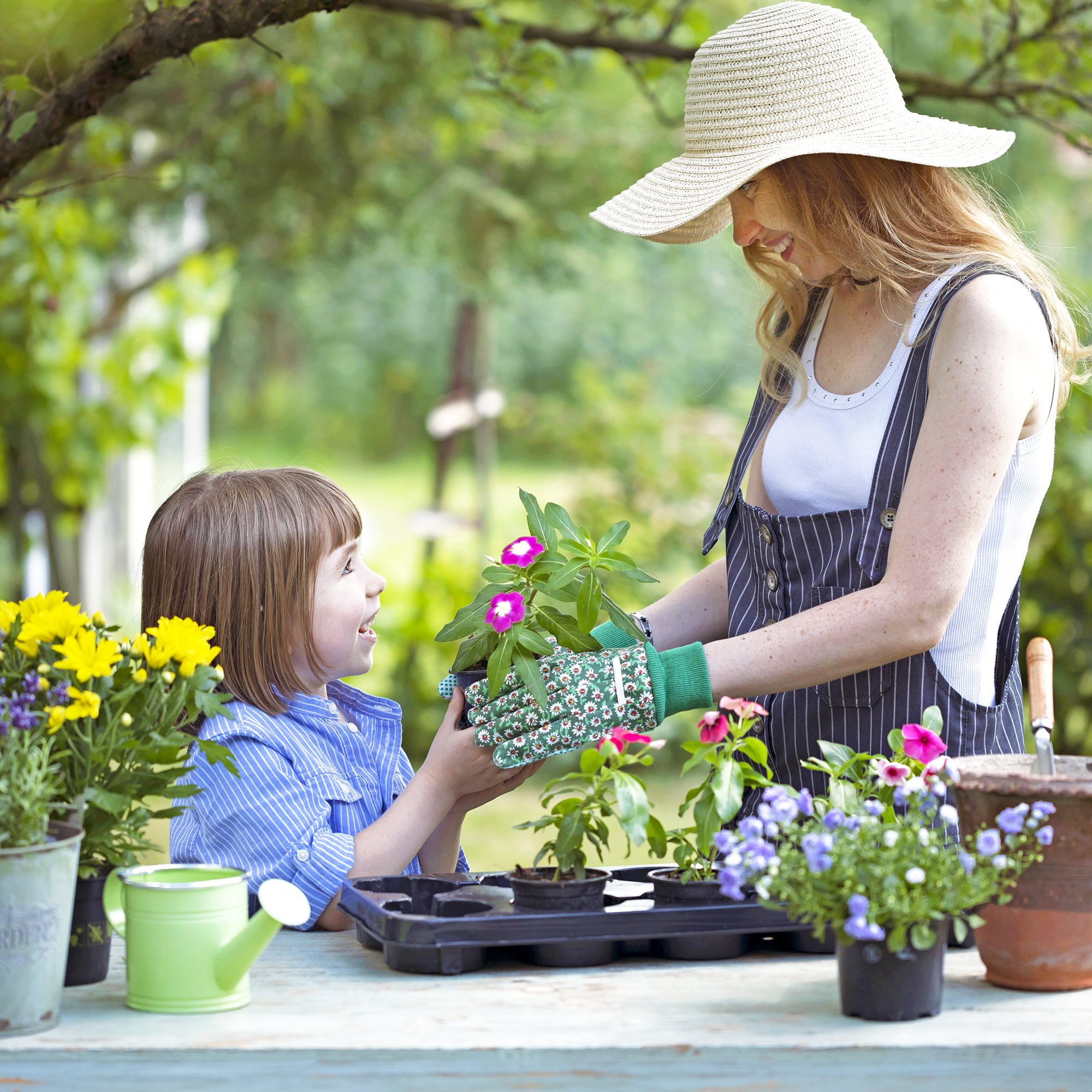 12 Mother’s Day Garden Gifts That Celebrate Moms Who Love To Grow
12 Mother’s Day Garden Gifts That Celebrate Moms Who Love To GrowAll Moms deserve to feel special on Mother’s Day, so treat her to a thoughtful gardening gift that helps her get the most out of her hobby.
By Melanie Griffiths
-
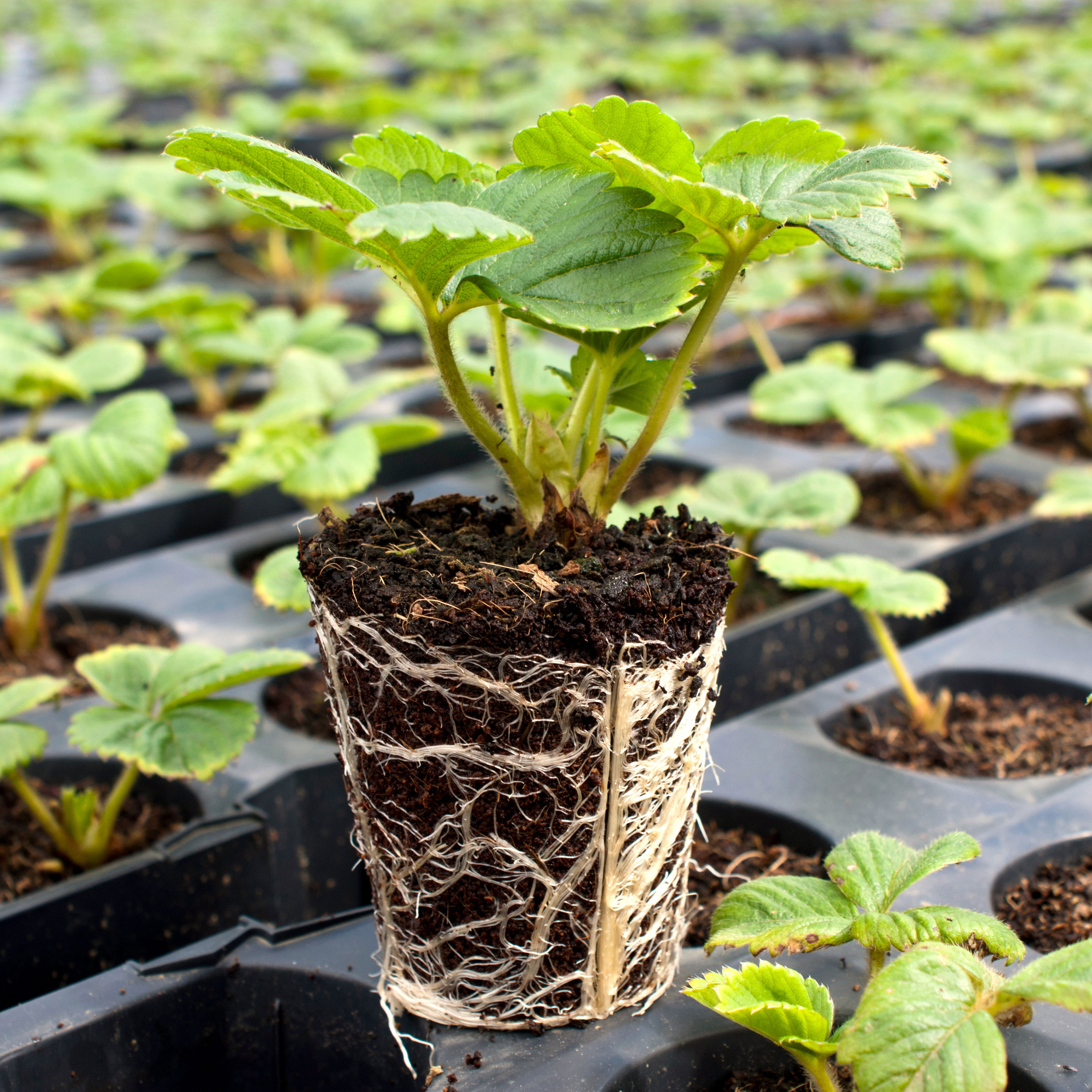 Why Choose Plugs For Plants? 3 Benefits Of Using Plug Plants For Beds, Baskets And Edibles
Why Choose Plugs For Plants? 3 Benefits Of Using Plug Plants For Beds, Baskets And EdiblesEver thought of growing plugs for plants and wondered whether it was worth it? We reveal the key reasons why they can help you with your growing ambitions this year
By Tonya Barnett
-
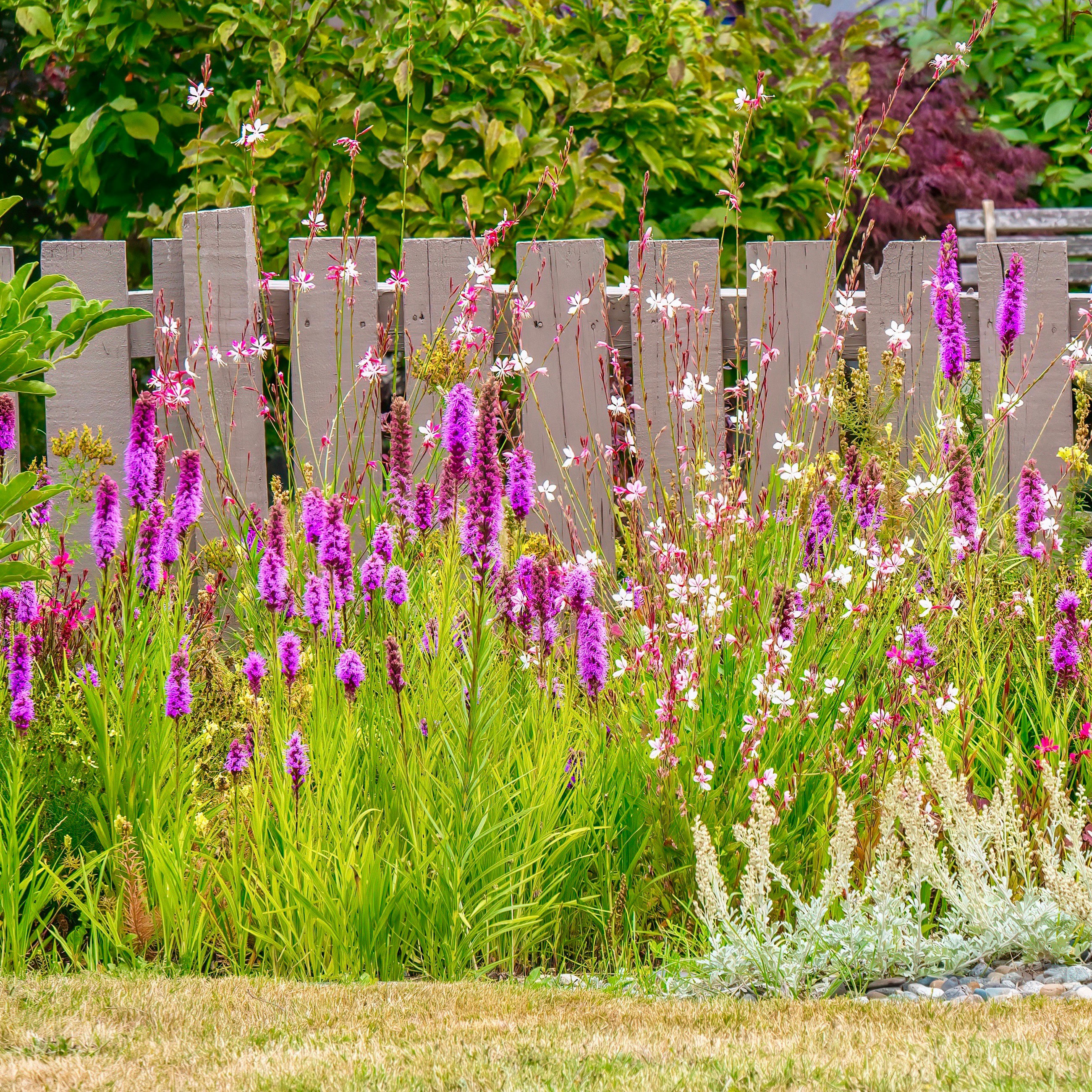 Easy Fence Landscaping Ideas: 6 Ways To Perk Up Your Property Line With Lush Landscaping
Easy Fence Landscaping Ideas: 6 Ways To Perk Up Your Property Line With Lush LandscapingIf you want to brighten up a garden fence, these ideas will provide visual interest and support. Try these easy fence landscaping Ideas for a pretty and private yard
By Teo Spengler
-
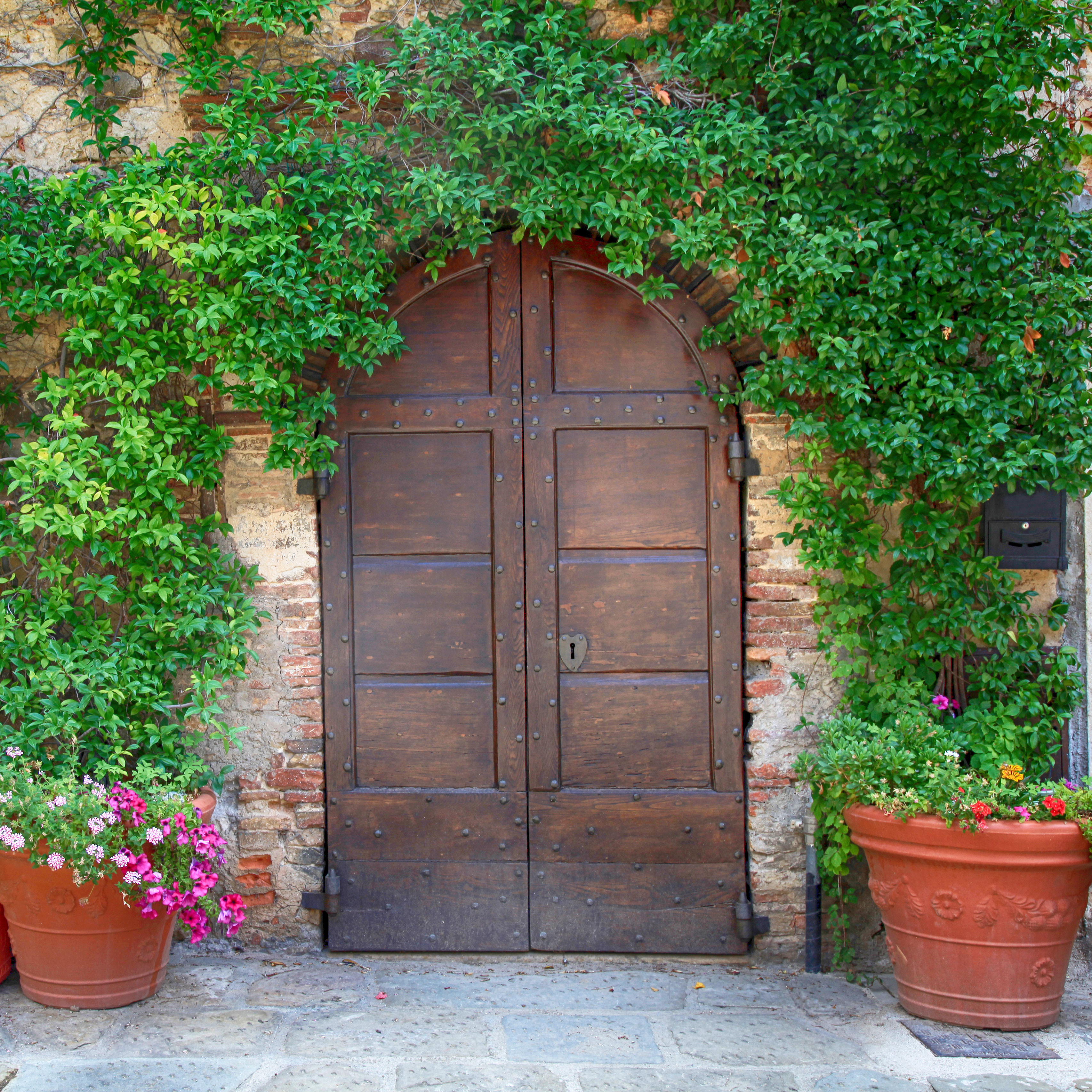 Hardscaping Ideas To Make A Garden Look Old: 5 Ways To Make Your Yard Look Centuries Older
Hardscaping Ideas To Make A Garden Look Old: 5 Ways To Make Your Yard Look Centuries OlderThere are a few ways to make a garden look lived in, but some planting ideas can take time – here, we round up key hardscaping ideas to make a garden look old
By Mary Ellen Ellis
-
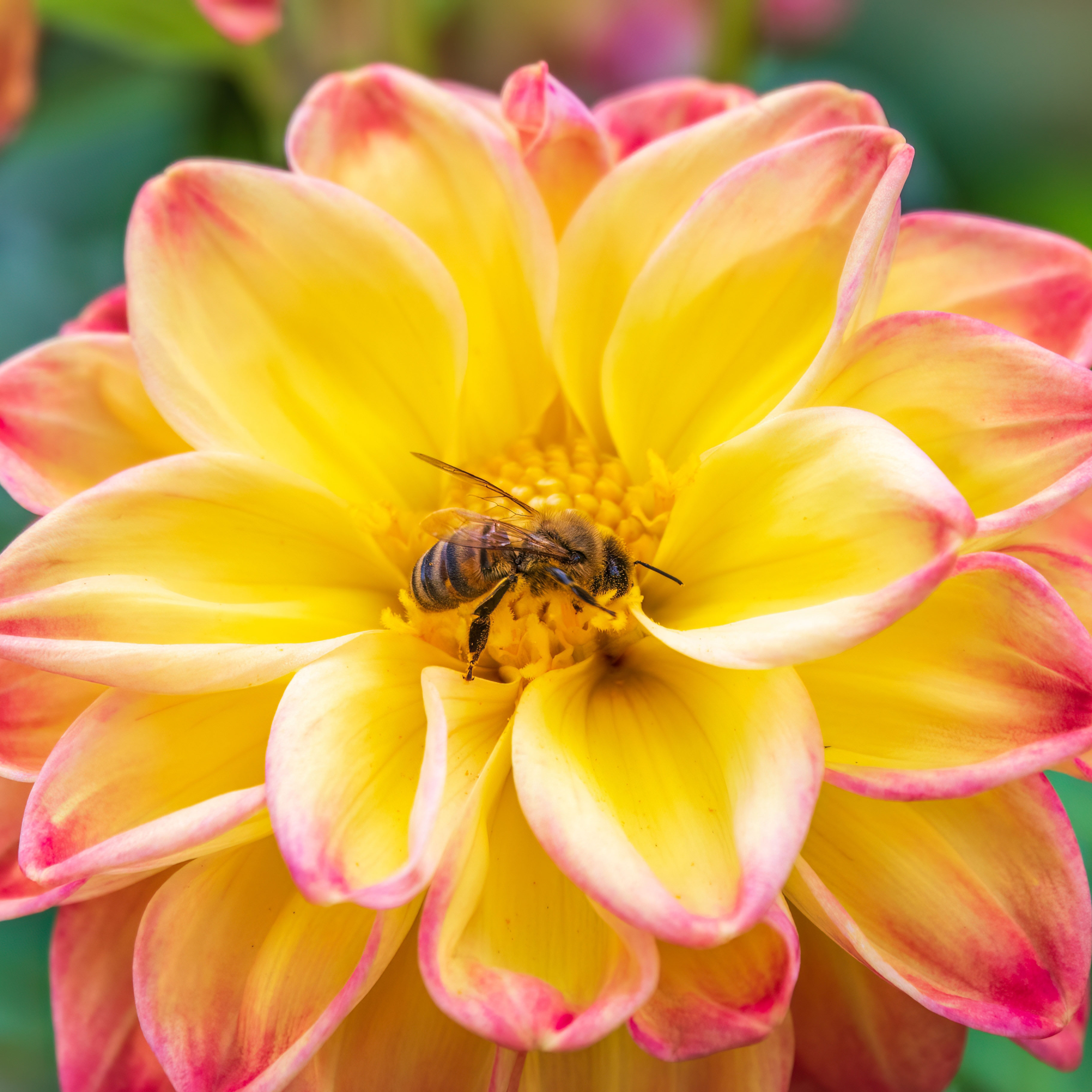 Attract More Pollinators: 8 Best Nectar-Producing Plants For Honey Bees And Other Pollinators
Attract More Pollinators: 8 Best Nectar-Producing Plants For Honey Bees And Other PollinatorsWant to know the core plants you can grow to add beauty while helping beneficial garden friends? Discover the best nectar-producing plants for honey bees and other pollinators
By Tonya Barnett
-
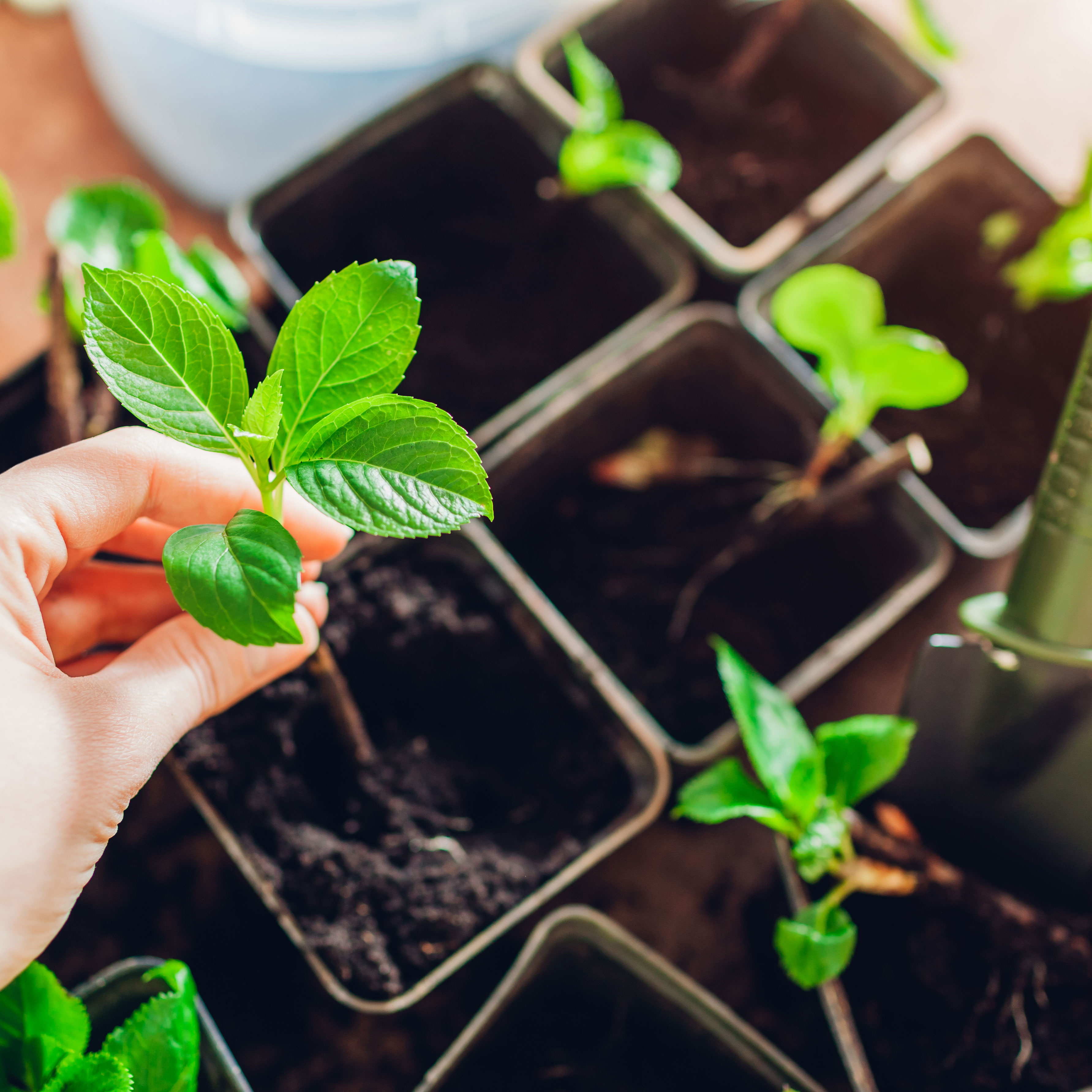 Plants To Propagate In Winter: 6 Of The Best Options For Cultivating Winter Cuttings
Plants To Propagate In Winter: 6 Of The Best Options For Cultivating Winter CuttingsWe usually associate propagation with spring, but there are a few plants you can grow from cuttings in cold months. We round up the best plants to propagate in winter
By Mary Ellen Ellis
-
 Make This Your Year In The Garden: New Year Resolution Ideas To Enhance Your Gardening
Make This Your Year In The Garden: New Year Resolution Ideas To Enhance Your GardeningGet a jump on your gardening projects now so you can reap the rewards year round! Crack open your planner, grab a hot drink, and peruse these key New Year resolution ideas
By Janey Goulding
-
 Winterizing Raised Beds: How To Protect Your Raised Bed Gardens In Winter
Winterizing Raised Beds: How To Protect Your Raised Bed Gardens In WinterKeeping raised beds protected in winter will ensure that you can hit the ground running in spring. Our guide to winterizing raised beds will help you get ready
By Mary Ellen Ellis
-
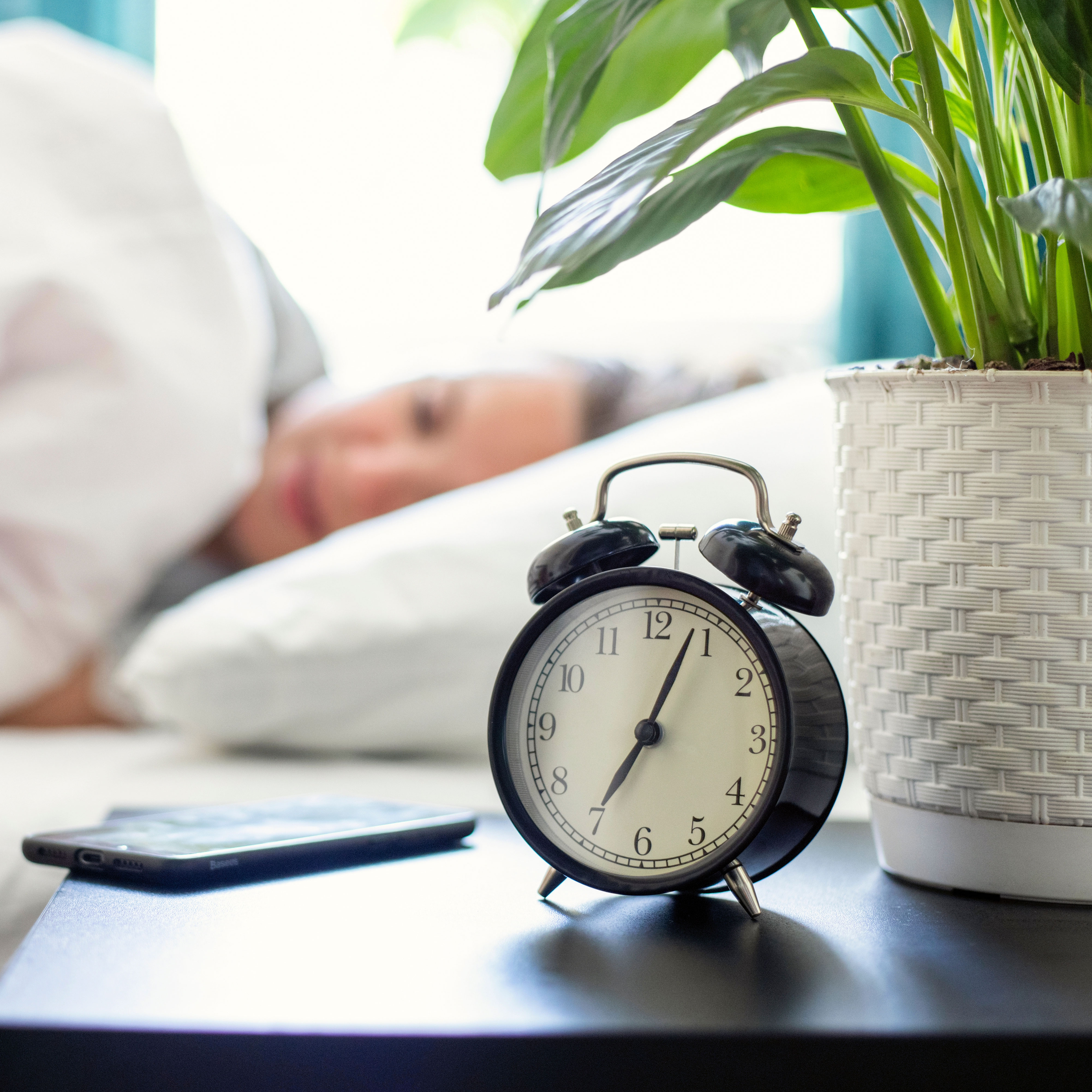 Get Gardening For Better Sleep: Why Gardens And Plants Can Give You Happier Bedtimes
Get Gardening For Better Sleep: Why Gardens And Plants Can Give You Happier BedtimesWe all know gardening is intrinsically linked to a ‘feel good’ factor – have you ever wondered why it helps with rest? Here’s the thinking behind gardening for better sleep…
By Mary Ellen Ellis